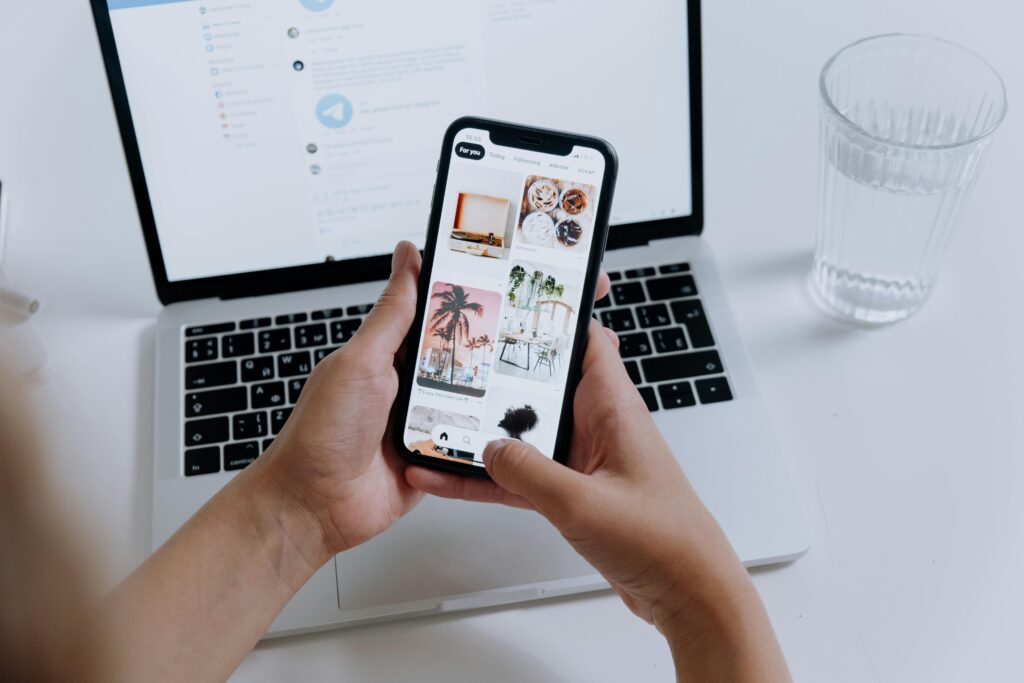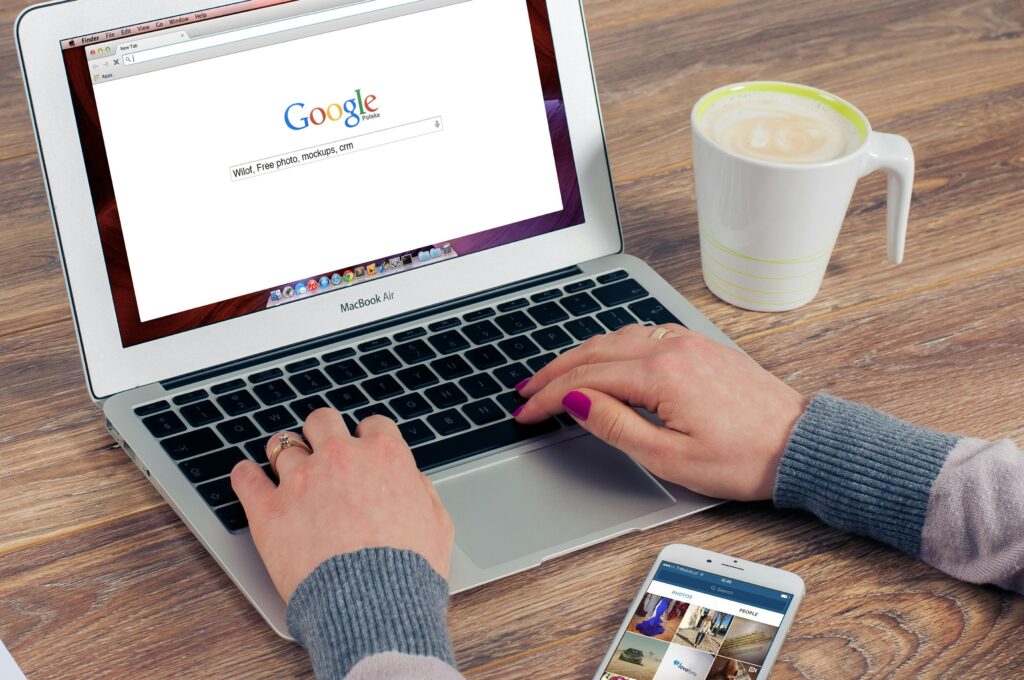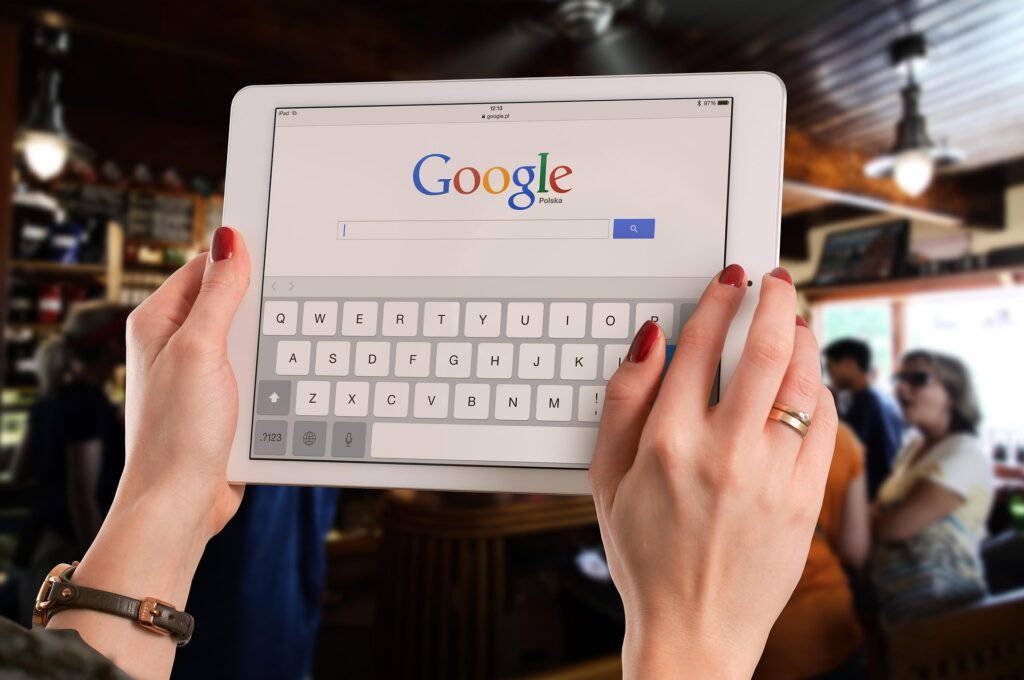Introduction to Googlebot Image
Googlebot Image plays a crucial role in how images are crawled, indexed, and ranked in search results. With advancements in AI and machine learning, Googlebot Image can now recognize objects, categorize visuals, and enhance search accuracy. Optimizing your images for Googlebot Image is essential for improving SEO rankings, increasing visibility, and driving more traffic to your website.
In this guide, we will explore how Googlebot Image works, its impact on search rankings, and how you can optimize your website images for better results.
Why Googlebot Image is Important for SEO?
Googlebot Image is designed to:
- Enhance Image Recognition – Uses AI to understand image content better.
- Improve Search Rankings – Optimized images appear in Google Images and featured snippets.
- Boost User Experience – Faster image indexing leads to better engagement.
- Increase Organic Traffic – Properly optimized images drive clicks from search results.
10 Ways Googlebot Image Enhances Search Visibility
1. AI-Powered Image Recognition
Googlebot Image now uses AI to analyze images, recognize objects, and categorize them accurately for better search results.
2. Faster Image Indexing
With machine learning, Googlebot Image processes and indexes new images more efficiently, ensuring they appear in search results quickly.
3. Enhanced Metadata Analysis
Optimizing image metadata, such as alt text and captions, helps Googlebot Image understand content relevance, improving rankings.
4. Mobile-First Image Crawling
As Google prioritizes mobile-first indexing, images must be responsive and load quickly on all devices.
5. Better Context Understanding
Googlebot Image now considers surrounding text and webpage content to determine image relevance in search queries.
6. High-Quality Image Prioritization
Clear, high-resolution images with proper formatting rank better in search results.

7. Image File Optimization Matters
Googlebot Image favors optimized formats like WebP and compressed JPEGs for faster loading times.
8. Structured Data for Images
Using schema markup helps Googlebot Image understand image context and improves visibility in search results.
9. Improved Accessibility and SEO
Adding descriptive alt text ensures inclusivity and enhances rankings by providing search engines with more context.
10. Voice and Visual Search Integration
Googlebot Image supports voice and visual search, making image SEO crucial for appearing in modern search results.
How to Optimize Your Website for Googlebot Image?
1. Use High-Quality Images
Ensure images are clear, relevant, and high resolution to rank better.
2. Optimize Alt Text and File Names
Use descriptive, keyword-rich alt text and file names to help Googlebot Image understand content.
3. Implement Structured Data
Using schema markup provides search engines with more context about your images.
4. Compress Images for Faster Loading
Use tools like TinyPNG or ImageOptim to reduce file size without losing quality.
5. Make Images Mobile-Friendly
Ensure images load correctly on all devices by using responsive design techniques.
6. Use Relevant Captions
Adding captions helps Googlebot Image determine the purpose and context of images.
7. Leverage Image Sitemaps
Submitting an image sitemap ensures Googlebot Image indexes all your website’s visuals.
8. Enable Lazy Loading
Lazy loading speeds up page performance by loading images only when they are needed.
9. Avoid Overusing Stock Photos
Original, high-quality images perform better than generic stock images.
10. Regularly Update Image Content
Updating images with fresh visuals and relevant metadata keeps your site SEO-friendly.

Common Mistakes to Avoid with Googlebot Image
- Ignoring Alt Text – Search engines rely on alt text to understand images.
- Using Large, Uncompressed Images – Slow-loading images hurt rankings.
- Not Adding Structured Data – Missing schema markup can limit image visibility.
- Overloading Pages with Images – Too many images can slow down your website.
- Using Irrelevant Images – Images must align with the content to be effective.
Future Trends in Googlebot Image SEO
1. AI-Generated Image Recognition
Advanced AI models will further improve how Googlebot Image understands image content.
2. 3D and Augmented Reality (AR) Integration
Future search results may prioritize interactive and AR-enhanced images.
3. Image-Based Shopping Experiences
E-commerce websites will benefit from enhanced image SEO for shopping features.
4. Enhanced Voice Search Integration
Voice search and Googlebot Image will work together to provide better search results.
5. More Emphasis on Accessibility
Google will continue prioritizing accessibility, making proper alt text and captions even more important.
Conclusion
Optimizing for Googlebot Image is crucial for improving SEO rankings and increasing organic traffic. By implementing best practices like high-quality visuals, structured data, alt text optimization, and mobile-friendly design, you can enhance your website’s image SEO.
As AI-driven search evolves, staying ahead of Googlebot Image updates will give your website a competitive edge in 2025 and beyond.

